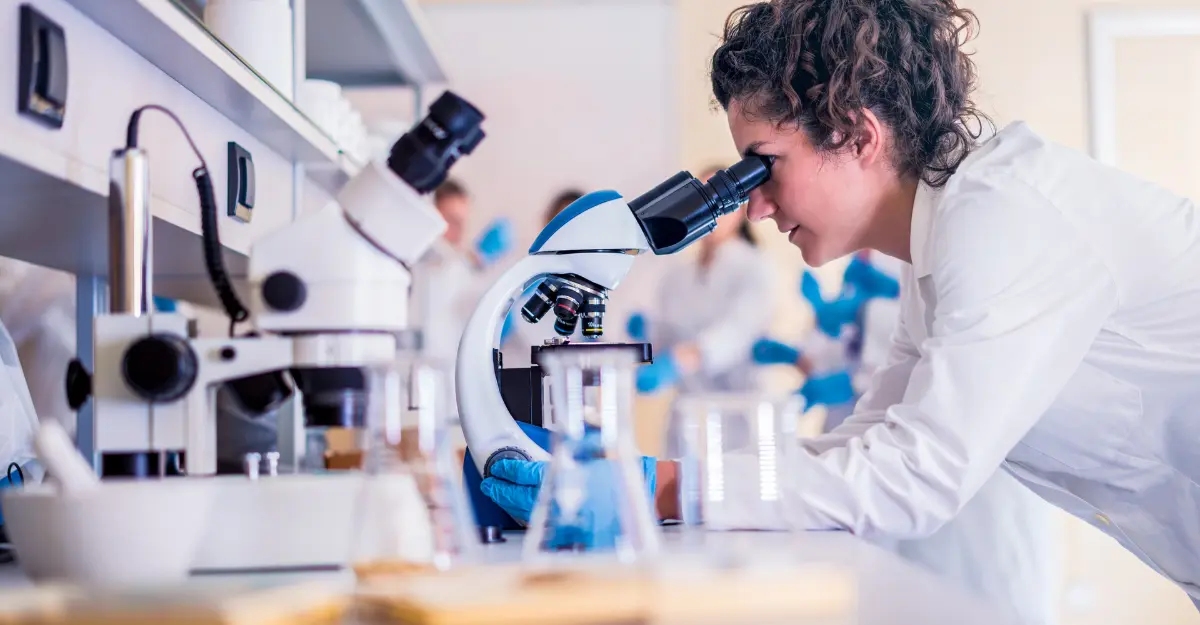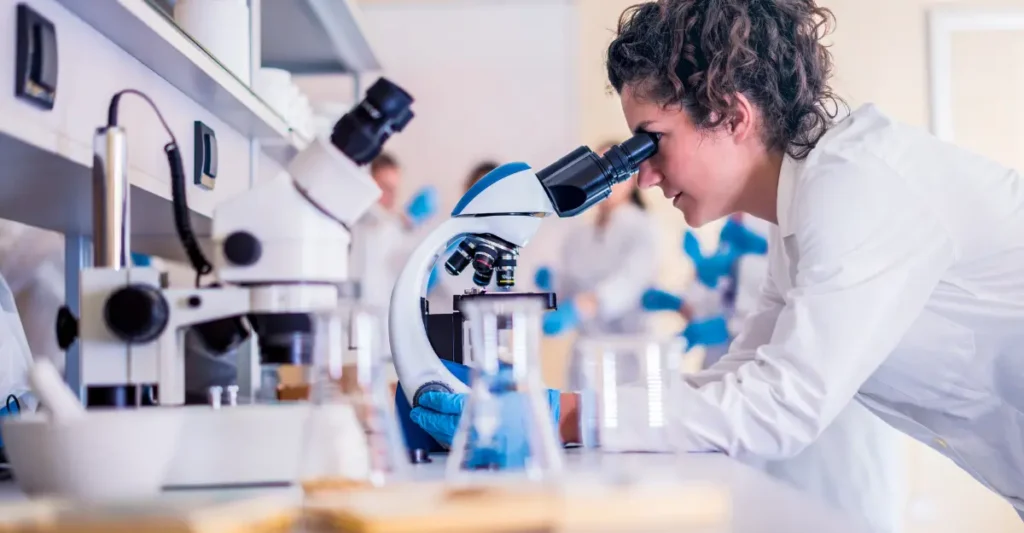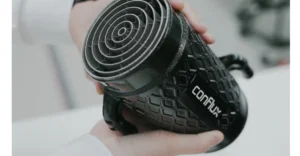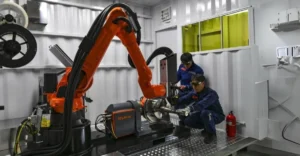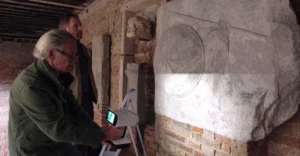Caltech researchers develop ultrasound-guided 3D printing system that fabricates customized implants directly within living tissue.
Scientists develop ultrasound-guided printing technique to create medical implants inside the body without invasive procedures.
Researchers led by a team at the California Institute of Technology have developed a groundbreaking technique that could eliminate the need for invasive surgeries when placing medical implants. The new approach uses ultrasound-guided 3D printing to fabricate customized materials directly inside the body.
The platform, called imaging-guided deep tissue in vivo sound printing (DISP), was detailed in a recent publication in the journal Science. It utilizes specialized liposomes sensitive to low temperatures as carriers for cross-linking agents, enabling controlled fabrication of biomaterials within deep tissues.
First author Elham Davoodi and senior researcher Wei Gao demonstrated the technology by successfully printing materials inside the bladders and muscles of mice and rabbits. The printing process incorporates gas vesicle-based ultrasound imaging, allowing real-time monitoring and precise positioning.
“DISP’s ability to print conductive, drug-loaded, cell-laden, and bioadhesive biomaterials demonstrates its versatility for diverse biomedical applications,” the researchers wrote in their paper.
Conventional 3D bioprinting has emerged as a promising tool for fabricating personalized implants and engineered tissues for new patients. However, the implantation of these constructs is generally invasive and cannot be broadly used in minimally invasive therapy.
The new method offers potential solutions to critical problems of non-invasive implantation such as low tissue penetration depth and the scarcity of biocompatible materials. The “US-inks” the researchers developed are made from biopolymers, imaging contrast agents, and temperature-sensitive liposomes filled with a crosslinker that could be delivered through an injection or catheter.
A focused ultrasound transducer, guided by automated positioning and following a predefined digital blueprint, triggers localized heating slightly above body temperature. This releases the crosslinker and initiates immediate gel formation at the target site.
The team validated the technology by printing drug-loaded materials near cancerous sites in mouse bladders and within rabbit muscle tissue, showing potential applications for drug delivery, tissue regeneration, and bioelectronics.
Biocompatibility tests revealed no signs of tissue damage or inflammation. Unpolymerized printing material was cleared from the body within a week, demonstrating the platform’s safety.
Read more : ESP32-Powered EXOCAPTER Packs Wi-Fi Tools Into a Watch
While the technology shows significant promise, Xiao Kuang from the University of Wisconsin-Madison noted in a related perspective that “additional refinements are needed to implement the technology for clinical use,” including careful testing to understand relationships between process conditions, material structure, and properties.


